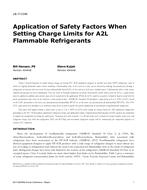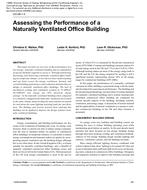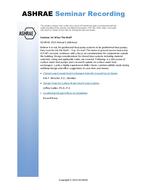Click here to purchase
There is a lack of consensus in the literature regarding the interplay between energy efficiency and occupant comfort. Some sources argue that energy-efficient buildings are congruent with improved occupant comfort, while others state that energy efficiency efforts have a dampening effect on occupant comfort. This lack of agreement is rooted in the fragmented nature of the building industry that requires conducting energy simulations during the design phase when little is known about the building envelope and the behavior of the occupants. Although design parameters are considered central for energy modeling, behavioral aspects are of paramount importance as well and their impact on energy performance should also be considered. Therefore, this paper co-simulates an Anylogic agent-based model of occupant comfort and behavior with an EnergyPlus building energy model. To that end, a hypothetical case study of an office building is developed to identify the optimal position to place the office furniture that can balance comfort levels and energy consumption. Provided with three control features (thermostat, Clo level and internal shades), the thermal comfort level of an occupant is assessed according to the employees’ Predicted Mean Vote (PMV). The findings generated by modeling multiple scenarios indicate that comfort levels are not the sole triggers of behavior and that the agent behavior emerges as a result of the autonomy agents have over a set of control parameters within their environment.
Citation: 3rd Intl Conf: Efficient Bldg Design
Product Details
- Published:
- 2018
- Number of Pages:
- 9
- Units of Measure:
- Dual
- File Size:
- 1 file , 810 KB
- Product Code(s):
- D-ICEB18-C025


